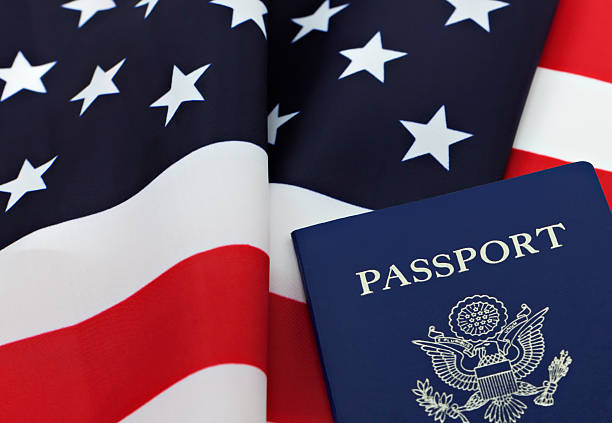Small businesses will face significant shifts in retirement plan requirements and opportunities starting in 2025, thanks to new legislative changes aimed at enhancing employee savings. Here’s a breakdown of what small business owners need to know to prepare for the upcoming changes.
Expanded Automatic Enrollment Requirements
One of the most impactful changes will be the expansion of automatic enrollment features in employer-sponsored retirement plans. Starting in 2025, businesses with 10 or more employees and in operation for at least three years will be required to automatically enroll eligible workers in a retirement savings plan, such as a 401(k). Employees will have the option to opt out, but this change aims to boost participation rates significantly.
Small businesses not currently offering a retirement plan should explore available options to comply with these requirements. Setting up a SIMPLE IRA or a small-business 401(k) plan could be viable solutions.
Increased Tax Incentives
To offset the costs of implementing and maintaining retirement plans, the government will increase tax credits for small businesses. Companies with 50 or fewer employees could see up to 100% of their startup administrative costs covered, capped at $5,000 per year for the first three years. Additionally, employers contributing to employee accounts may qualify for extra credits, encouraging more robust contributions.
Roth Matching Contributions
Employers will soon be allowed to offer matching contributions on a Roth basis, meaning those contributions will be made with after-tax dollars. This change gives employees more flexibility in managing their tax obligations during retirement. Small businesses should work with plan administrators to update their offerings and educate employees about this new option.
Improved Access for Part-Time Workers
Under current rules, employees must work at least 1,000 hours annually to qualify for retirement benefits. Starting in 2025, part-time employees who have worked at least 500 hours per year for two consecutive years will also be eligible to participate in employer-sponsored plans. Small businesses employing part-time staff will need to update their eligibility criteria to comply with this requirement.
Next Steps for Small Businesses
To prepare for these changes, small business owners should:
- Evaluate Current Plans: If you already offer a retirement plan, review it with a financial advisor to ensure compliance with the new rules.
- Explore New Plan Options: Businesses without retirement plans should consider SIMPLE IRAs, SEP IRAs, or low-cost 401(k) options designed for small employers.
- Educate Employees: Provide clear communication about the changes, including how automatic enrollment and Roth matching contributions work.
- Leverage Tax Credits: Consult with a tax professional to maximize available incentives for setting up or enhancing retirement plans.
Stay Informed
Retirement plan changes in 2025 will create both challenges and opportunities for small businesses. By planning ahead and taking advantage of the new incentives, employers can enhance employee satisfaction and retention while ensuring compliance with federal regulations. For more details on these legislative updates, visit the IRS website or consult with a financial advisor.
Small businesses that adapt proactively will not only meet new requirements but also foster a stronger financial future for their employees.
Note: Every piece of content is rigorously reviewed by our team of experienced writers and editors to ensure its accuracy. Our writers use credible sources and adhere to strict fact-checking protocols to verify all claims and data before publication. If an error is identified, we promptly correct it and strive for transparency in all updates.








